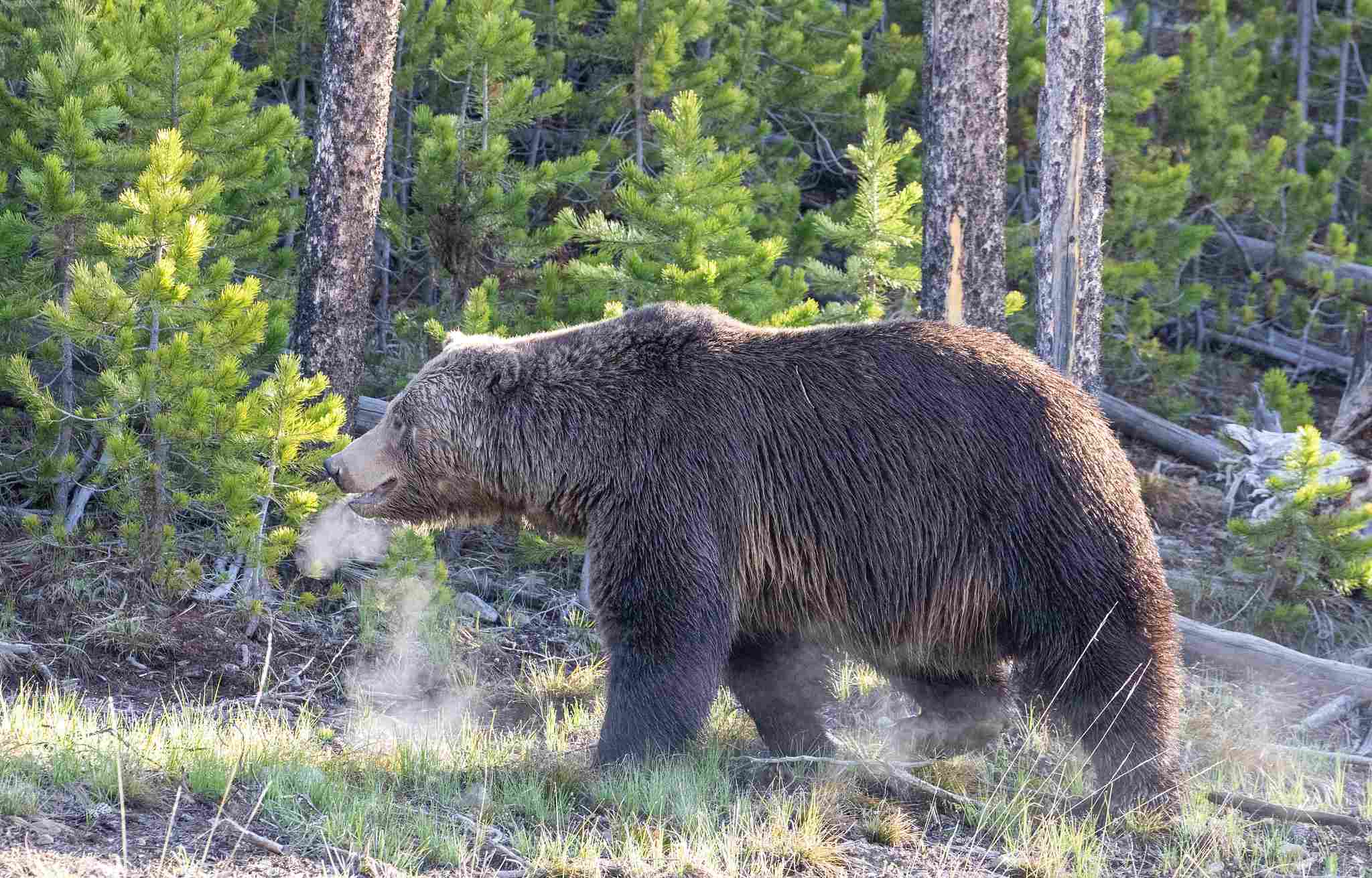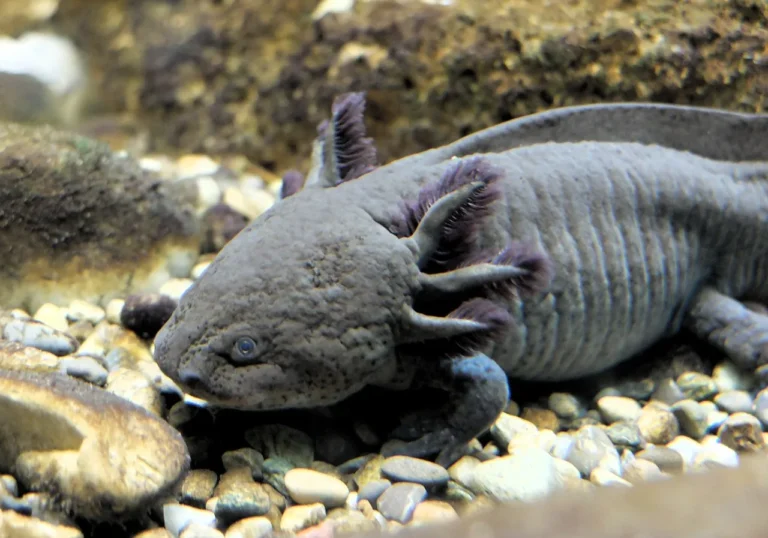11 Measures of Biodiversity in an Ecosystem and Their Importance Discussed
Measures of biodiversity in an ecosystem include species richness, evenness, genetic diversity, ecosystem diversity, species diversity, alpha, beta, and gamma diversity, biodiversity indices, abundance, climate and edaphic properties, competition among species, and rarity and conservation status.
1. Species Richness:
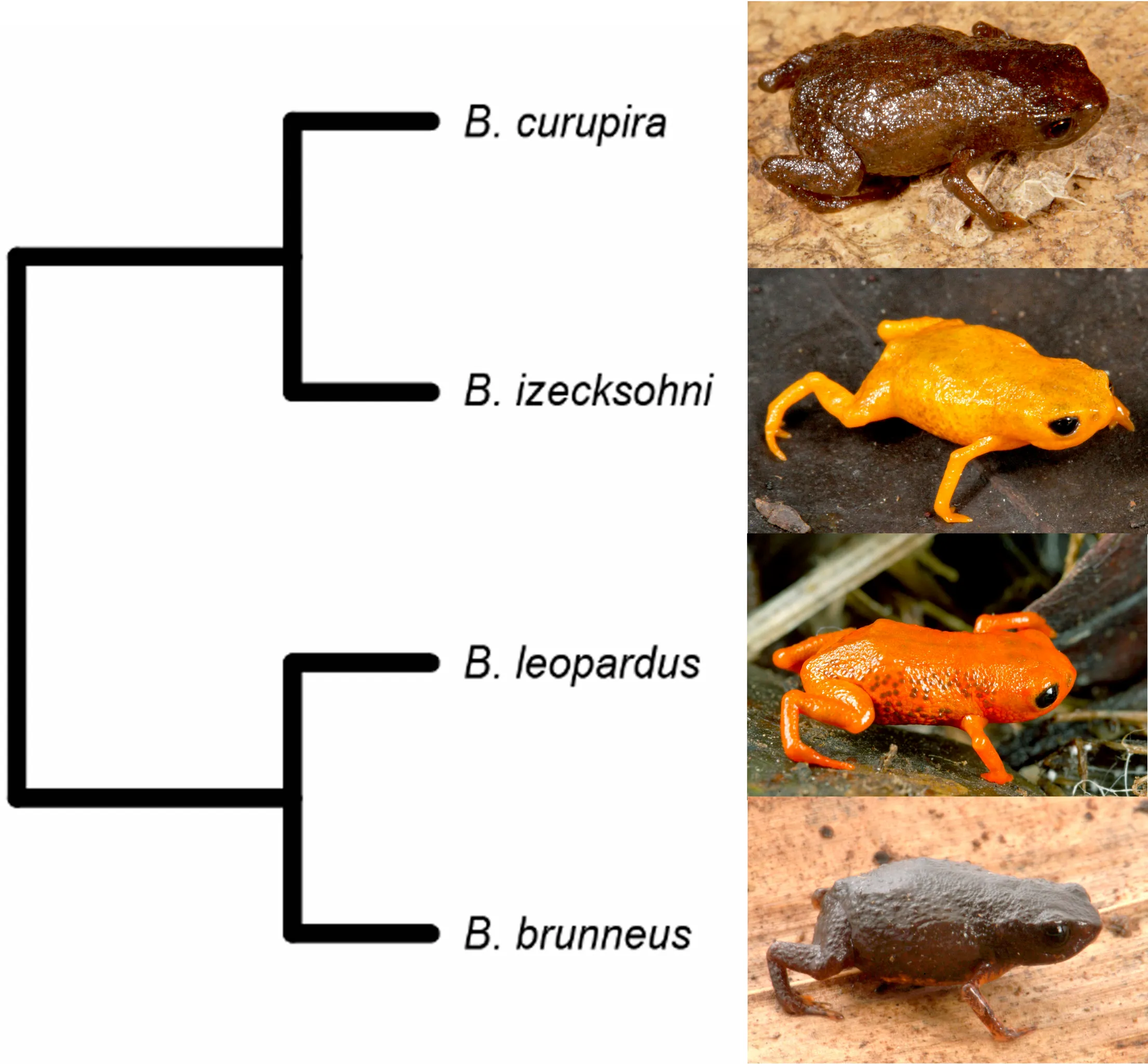
Details: Species richness refers to the number of different species present within a particular area or ecosystem. It is a simple measure of biodiversity that counts the total number of species without considering their abundance or distribution.
Effects as a Measure of Biodiversity:
High species richness often indicates a healthy and diverse ecosystem with various niches and habitats available to support different species.
It enhances ecosystem stability as diverse species contribute to various ecological functions such as nutrient cycling, pollination, and predation.
Increased species richness can lead to higher ecosystem resilience against environmental disturbances and changes, as different species may respond differently to external factors.
Species richness can also provide economic benefits through ecosystem services such as crop pollination, water purification, and pest control.
Factors Influencing Species Richness:
Habitat diversity: Different habitats support different species, and greater habitat diversity often leads to higher species richness.
Environmental factors: Climate, altitude, and soil characteristics influence the types of species that can inhabit an area, affecting species richness.
Human activities: Habitat destruction, pollution, and invasive species introductions can reduce species richness by altering ecosystems and displacing native species.
Monitoring and Conservation: Conservation efforts often prioritize preserving areas with high species richness as they are crucial for maintaining biodiversity. Monitoring species richness over time helps assess the effectiveness of conservation measures and identify areas in need of protection.
2. Evenness:
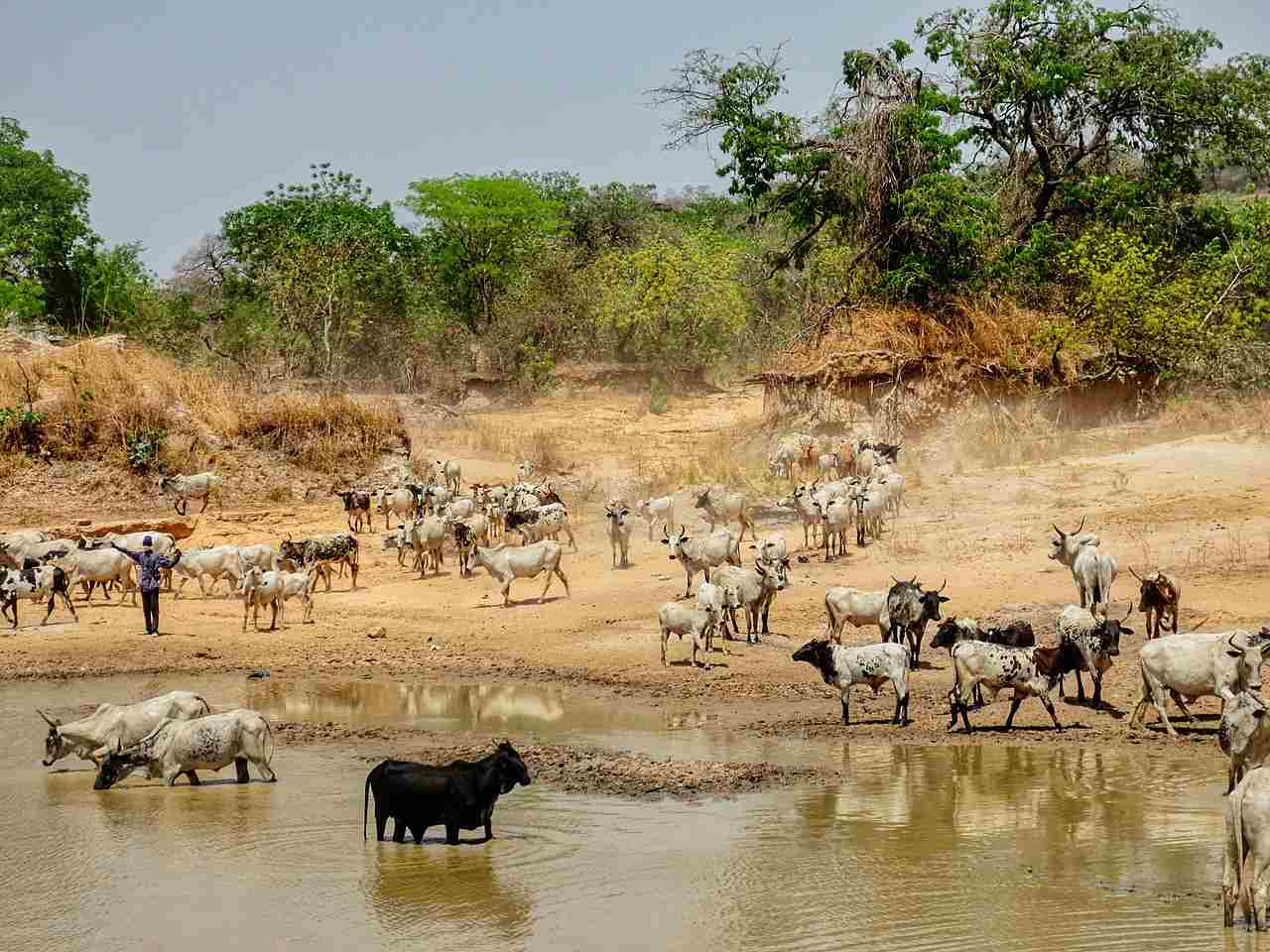
Details: Evenness, or species evenness, measures the distribution of abundance among different species within an ecosystem. It assesses how evenly individuals are distributed among species, relative to each other.
Effects as a Measure of Biodiversity:
High evenness indicates a balanced distribution of species abundance, contributing to ecosystem stability.
Ecosystems with high evenness are often more resilient to disturbances as the loss of one species is less likely to have a disproportionate impact on the overall ecosystem function.
Evenness complements species richness by providing insights into the relative dominance of species, giving a more nuanced view of biodiversity.
Factors Influencing Evenness:
Competitive interactions: Intense competition among species can lead to uneven distributions as dominant species outcompete others.
Disturbances: Events such as fires or extreme weather can disrupt evenness by favoring certain species over others.
Human activities: Habitat alteration and fragmentation, pollution, and invasive species can disrupt evenness by favoring certain species at the expense of others.
Monitoring and Conservation: Monitoring evenness helps assess the health of ecosystems and guides conservation efforts towards promoting a balanced distribution of species abundance.
3. Genetic Diversity:

Details: Genetic diversity refers to the variety of genetic information within a population of a single species. It includes the diversity of genes, alleles, and genetic traits among individuals.
Effects as a Measure of Biodiversity:
High genetic diversity provides populations with the potential to adapt to changing environmental conditions, enhancing the species’ resilience to diseases, climate change, and other stressors.
Genetic diversity is crucial for the long-term survival of a species as it allows for the natural selection of traits that enable adaptation to evolving challenges.
It supports ecosystem functioning by influencing the adaptability and health of species within an ecosystem.
Factors Influencing Genetic Diversity:
Population size: Small populations are more susceptible to genetic drift and inbreeding, leading to reduced genetic diversity.
Reproductive strategies: Different reproductive strategies, such as sexual and asexual reproduction, influence genetic diversity within species.
Migration: Movement of individuals between populations contributes to gene flow, maintaining or increasing genetic diversity.
Monitoring and Conservation: Conservation strategies often aim to preserve genetic diversity by protecting habitats, managing populations, and preventing the fragmentation of habitats that can limit gene flow.
4. Ecosystem Diversity:

Details: Ecosystem diversity refers to the variety of ecosystems within a geographical area. It encompasses different types of habitats, communities, and ecological processes.
Effects as a Measure of Biodiversity:
High ecosystem diversity contributes to a range of ecological functions and services, such as nutrient cycling, water purification, and climate regulation.
Ecosystem diversity enhances the overall resilience of landscapes to environmental changes, as different ecosystems may respond differently to disturbances.
It provides a diverse array of habitats for various species, supporting a higher overall biodiversity.
Factors Influencing Ecosystem Diversity:
Climate and geography: Different climate zones and geographical features influence the types of ecosystems present in an area.
Human activities: Habitat destruction, land-use changes, and pollution can lead to a reduction in ecosystem diversity.
Connectivity: The presence of corridors or connectivity between ecosystems allows for the movement of species, fostering diversity.
Monitoring and Conservation: Conservation efforts often target the preservation and restoration of diverse ecosystems to maintain a variety of habitats and ecological processes.
5. Species Diversity:
Details: Species diversity is a comprehensive term that includes both species richness and evenness. It considers the number of different species present (richness) and how evenly individuals are distributed among those species (evenness).
Effects as a Measure of Biodiversity:
High species diversity is indicative of a healthy and resilient ecosystem capable of performing various ecological functions.
It contributes to the stability and sustainability of ecosystems by distributing the impact of disturbances across multiple species.
Species diversity is often associated with increased productivity and ecosystem services, benefiting both the environment and human populations.
Factors Influencing Species Diversity:
Habitat complexity: Diverse habitats support a greater variety of species by providing niches for different organisms.
Trophic interactions: Interactions between species in food webs influence the diversity and distribution of species.
Environmental conditions: Factors such as temperature, precipitation, and soil composition affect the types of species that can thrive in an area.
Monitoring and Conservation: Species diversity is a key metric in biodiversity monitoring, guiding conservation efforts to maintain and enhance the variety of species within ecosystems.
6. Alpha, Beta, and Gamma Diversity:
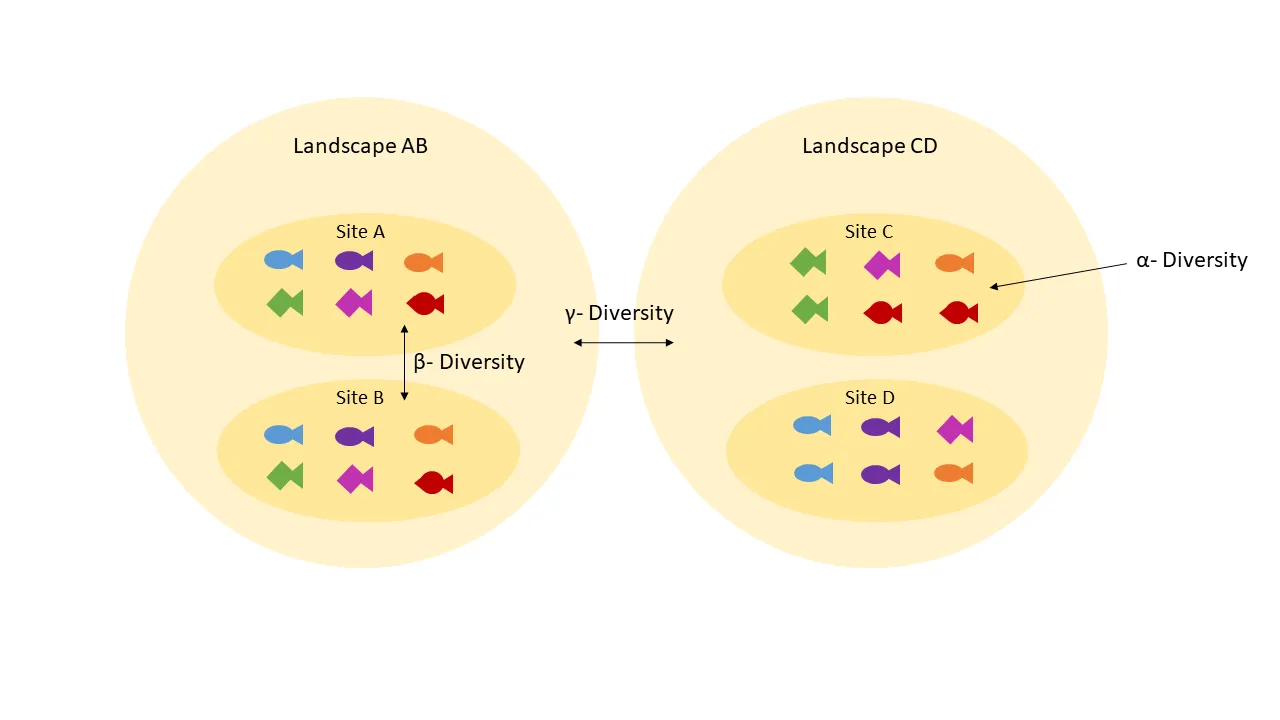
Details:
Alpha Diversity: Refers to the diversity within a specific habitat or ecosystem. It measures the number of species present in a local area.
Beta Diversity: Describes the change in species composition between different habitats or ecosystems. It quantifies the turnover of species between locations.
Gamma Diversity: Represents the overall diversity at the regional or landscape level. It combines both alpha and beta diversity to provide a comprehensive view of biodiversity across larger scales.
Effects as a Measure of Biodiversity:
Monitoring alpha, beta, and gamma diversity helps understand how species richness and composition vary within and between ecosystems, aiding conservation planning.
High beta diversity can indicate ecotones or areas of transition between different habitats, which are critical for maintaining overall biodiversity.
Gamma diversity reflects the total species pool in a region, providing insights into the regional conservation status.
Factors Influencing Diversity Indices:
Habitat heterogeneity: Diverse habitats contribute to high alpha diversity, and their spatial arrangement influences beta diversity.
Connectivity: Landscape connectivity influences the movement of species between habitats, affecting both beta and gamma diversity.
Human impact: Fragmentation and disturbance can alter alpha, beta, and gamma diversity by disrupting habitats and migration routes.
Monitoring and Conservation: Understanding the interplay between alpha, beta, and gamma diversity helps guide conservation strategies, ensuring the preservation of both local and regional biodiversity.
7. Biodiversity Indices:
Details: Biodiversity indices are mathematical tools used to quantify and compare biodiversity in different ecosystems. Examples include the Shannon-Wiener Index and Simpson’s Diversity Index.
Effects as a Measure of Biodiversity:
Biodiversity indices provide a numerical representation of diversity, facilitating comparisons and tracking changes over time.
They help identify areas of high conservation value or those at risk, guiding conservation priorities.
Changes in biodiversity indices can signal shifts in ecosystem health, resilience, and overall functioning.
Factors Influencing Biodiversity Indices:
Species richness and evenness: Both contribute to the calculations of biodiversity indices, emphasizing the importance of both aspects of diversity.
Sampling effort: The accuracy of biodiversity indices depends on the thoroughness and consistency of sampling efforts.
Ecological scale: Different indices may be more suitable for specific scales (e.g., local vs. regional), influencing the choice of index.
Monitoring and Conservation: Biodiversity indices are valuable tools for monitoring biodiversity trends, guiding conservation efforts, and assessing the effectiveness of management strategies.
8. Abundance:
Details: Abundance refers to the number of individuals of a species within a specific area. It is a measure of population size.
Effects as a Measure of Biodiversity:
High abundance of a species can indicate ecological success, but it does not necessarily imply high biodiversity, as it does not consider species richness or evenness.
Changes in abundance, especially of keystone species, can have cascading effects on ecosystem structure and function.
Monitoring abundance helps assess the status of individual species and their potential impact on ecosystem dynamics.
Factors Influencing Abundance:
Reproductive rates: Species with high reproductive rates may exhibit higher abundance.
Resource availability: Abundance is influenced by the availability of suitable habitats and resources.
Interactions with other species: Predation, competition, and symbiotic relationships can affect the abundance of a species.
Monitoring and Conservation: Abundance data are essential for understanding population dynamics, identifying species of concern, and developing targeted conservation strategies.
9. Climate and Edaphic Properties:

Details: Climate and edaphic (soil-related) properties influence the distribution and characteristics of ecosystems, affecting the biodiversity within those ecosystems.
Effects as a Measure of Biodiversity:
Climate influences the types of species that can thrive in an area, shaping regional and global biodiversity patterns.
Edaphic properties, such as soil composition and pH, impact plant species distribution and, consequently, the diversity of associated fauna.
Understanding the relationships between climate, soil, and biodiversity is crucial for predicting ecosystem responses to environmental changes.
Factors Influencing Climate and Edaphic Properties:
Temperature and precipitation: Climate factors directly impact the types of ecosystems and species that can exist in a region.
Soil composition: Different plants and organisms are adapted to specific soil types, influencing local biodiversity.
Human-induced changes: Activities such as deforestation and agriculture can alter both climate patterns and soil properties, impacting biodiversity.
Monitoring and Conservation: Monitoring climate and edaphic properties is essential for predicting and mitigating the impacts of climate change and human activities on biodiversity. Conservation efforts often involve protecting habitats that are resilient to these environmental factors.
10. Competition Among Species:
Details:
Competition among species: Occurs when two or more species utilize the same limited resources, leading to interactions that can affect population sizes, distribution, and community structure.
Effects as a Measure of Biodiversity:
Intense competition may lead to the exclusion of certain species, reducing biodiversity in the affected area.
Moderate levels of competition can promote coexistence, fostering biodiversity by encouraging species to specialize in different niches.
Understanding competition dynamics is crucial for predicting how changes in environmental conditions or species composition might impact biodiversity.
Factors Influencing Competition:
Resource availability: Limited resources, such as food, water, and space, can intensify competition among species.
Ecological niche overlap: Species with similar ecological requirements are more likely to compete for the same resources.
Environmental changes: Altered conditions, such as climate change or habitat disturbance, can shift competitive interactions among species.
Monitoring and Conservation: Monitoring competition dynamics helps identify potential threats to biodiversity and informs conservation strategies, emphasizing the importance of preserving diverse habitats that provide varied resources.
11. Rarity and Conservation Status:

Details:
Rarity: Refers to the scarcity of a species within its geographic range or habitat. It can be influenced by factors such as limited distribution, small population size, or specific habitat requirements.
Conservation status: Classifies species based on their risk of extinction. Categories include “Least Concern,” “Endangered,” and “Critically Endangered.”
Effects as a Measure of Biodiversity:
Rare species often contribute unique ecological functions or represent specialized adaptations, adding to overall biodiversity.
Conservation status helps prioritize species for protection and guides resource allocation to prevent the loss of vulnerable and endangered species.
Understanding rarity and conservation status contributes to the conservation of biodiversity hotspots and areas with high endemism.
Factors Influencing Rarity and Conservation Status:
Habitat specificity: Species with specific habitat requirements are more prone to rarity and may have higher conservation needs.
Human impacts: Habitat destruction, pollution, and climate change can elevate the risk of extinction, influencing conservation status.
Reproductive strategies: Species with low reproductive rates may be more susceptible to population declines and higher extinction risk.
Monitoring and Conservation: Monitoring the rarity and conservation status of species helps guide conservation efforts, allocate resources effectively, and implement measures to protect and recover endangered or threatened species. Conservation programs often focus on preserving habitats critical for the survival of rare and endangered species.





